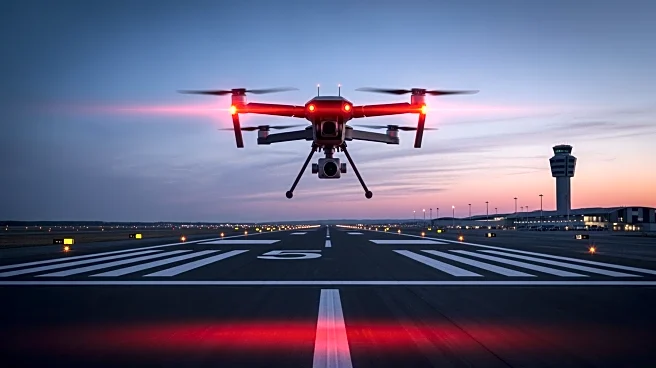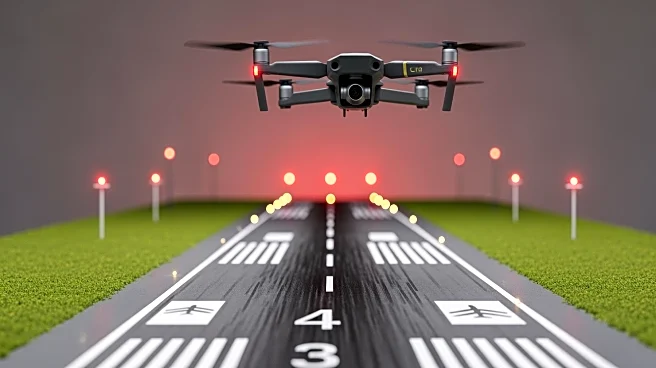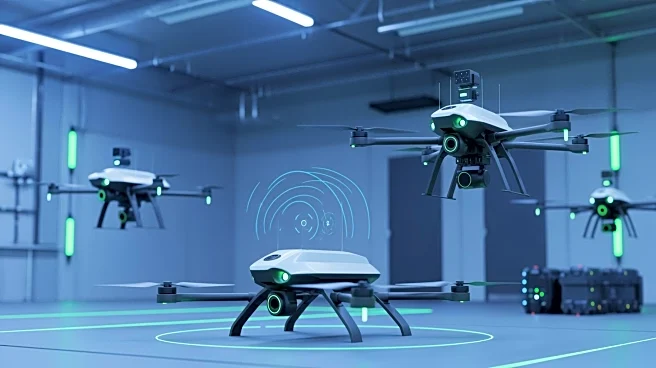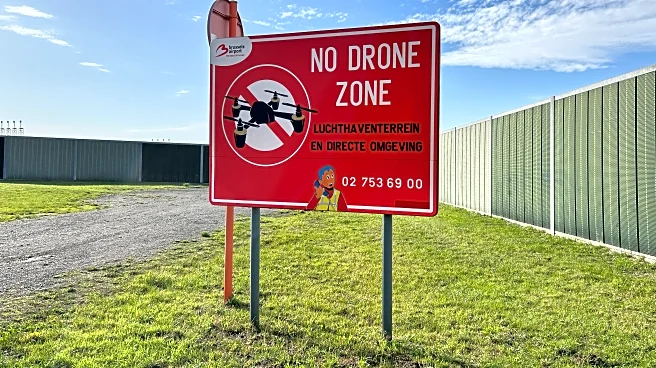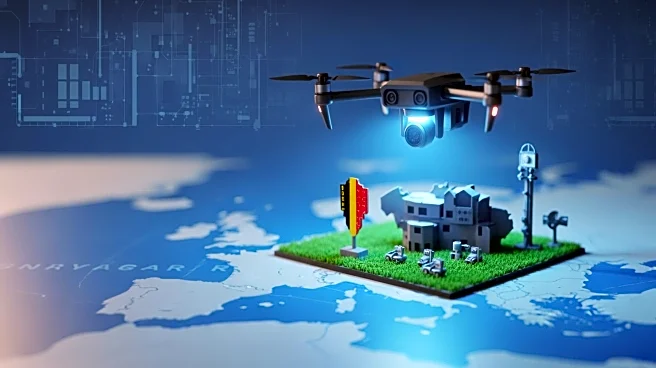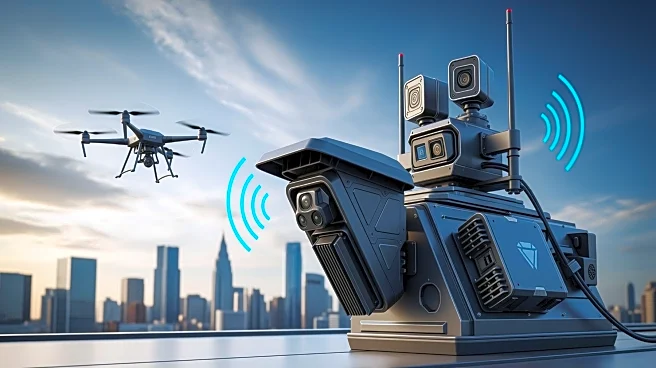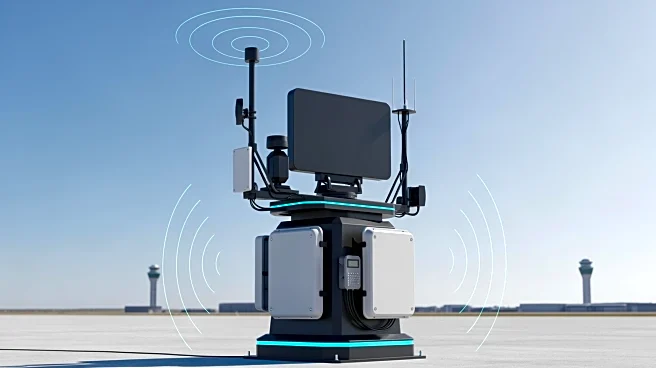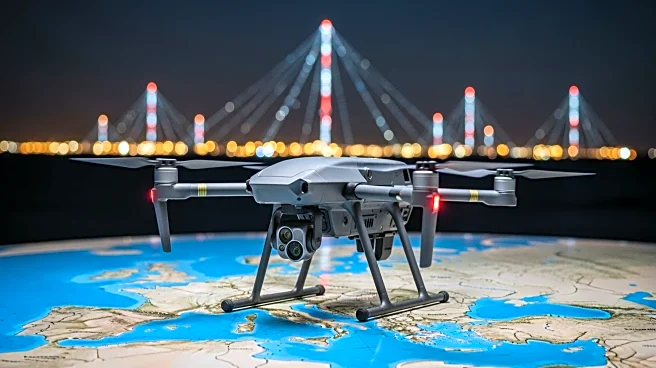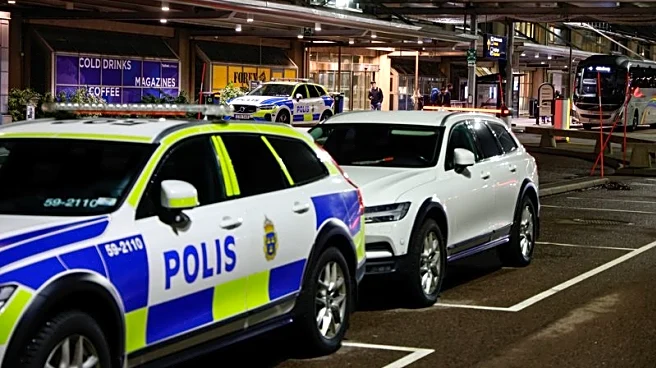What's Happening?
Belgium's Brussels and Liege airports were closed on Tuesday evening following drone sightings, causing significant disruption to air travel. The Belgian air traffic control service reported a drone sighting near
Brussels Airport, leading to its closure as a security measure. Although the airport briefly reopened, it was closed again after further drone sightings. National carrier Brussels Airlines reported that 15 outbound flights were unable to take off, and eight incoming flights were diverted. Liege Airport, primarily a cargo hub, was also closed due to similar sightings. Defense Minister Theo Francken suggested the incident was orchestrated by professionals aiming to destabilize the country. This event is part of a broader trend of drone-related disruptions across Europe, including recent incidents at Copenhagen and Oslo airports.
Why It's Important?
The closure of major airports due to drone sightings highlights the growing challenge of managing airspace security in the face of increasing drone activity. Such disruptions can have significant economic impacts, affecting airlines, passengers, and cargo operations. The incident underscores the need for enhanced regulatory measures and technological solutions to detect and mitigate unauthorized drone activities. As drones become more prevalent, their potential to disrupt critical infrastructure poses a threat to national security and public safety. The situation in Belgium may prompt other countries to review their drone policies and invest in counter-drone technologies.
What's Next?
The Belgian government and aviation authorities are likely to investigate the incident further to identify the operators of the drones and prevent future occurrences. There may be increased pressure to implement stricter drone regulations and improve surveillance capabilities around airports. Airlines and passengers affected by the closures may seek compensation, and the incident could lead to discussions on international cooperation to address drone-related security threats. The broader European aviation industry may also consider collaborative efforts to enhance airspace security.


